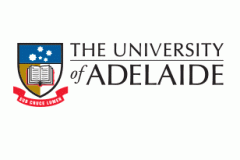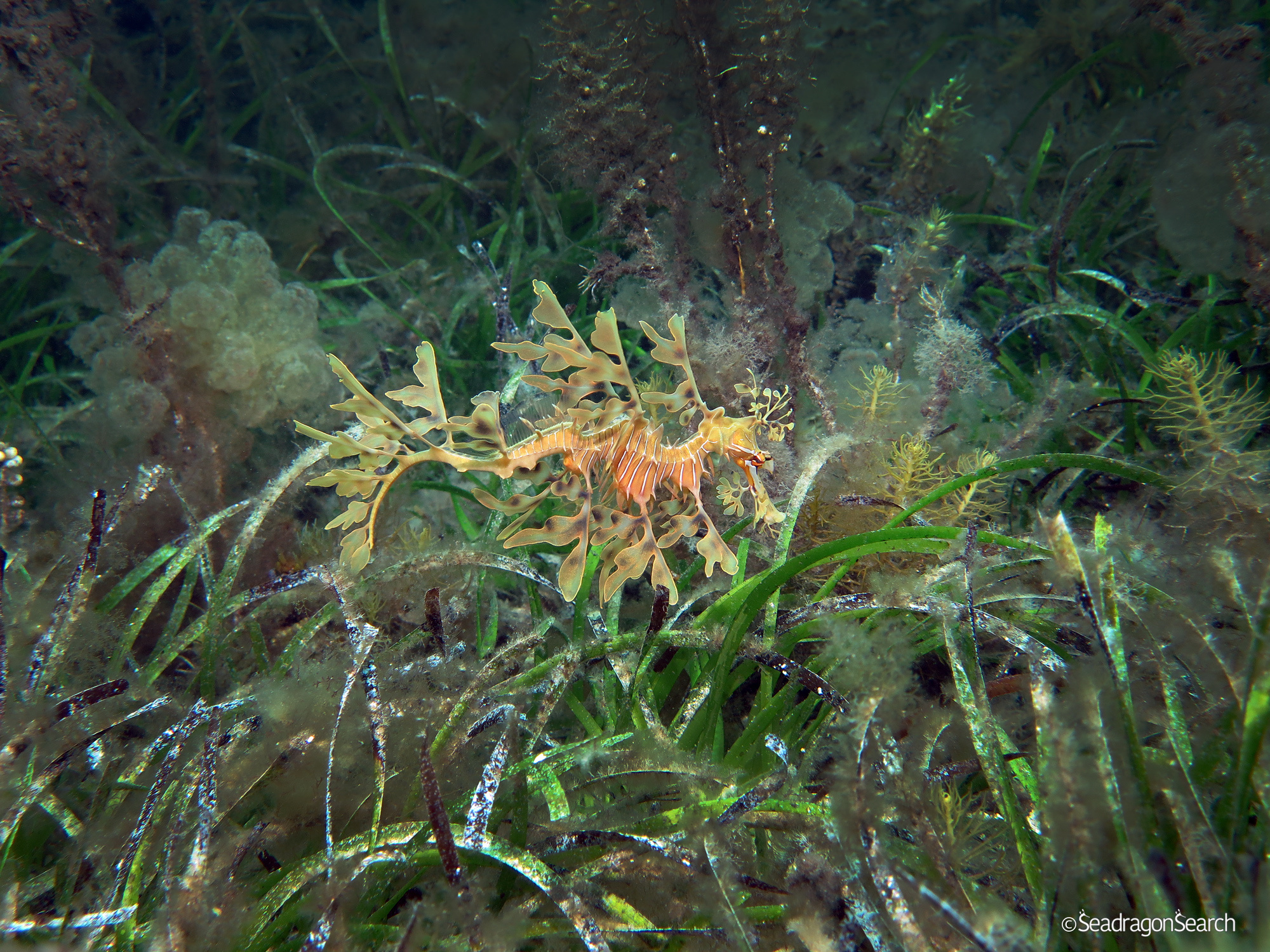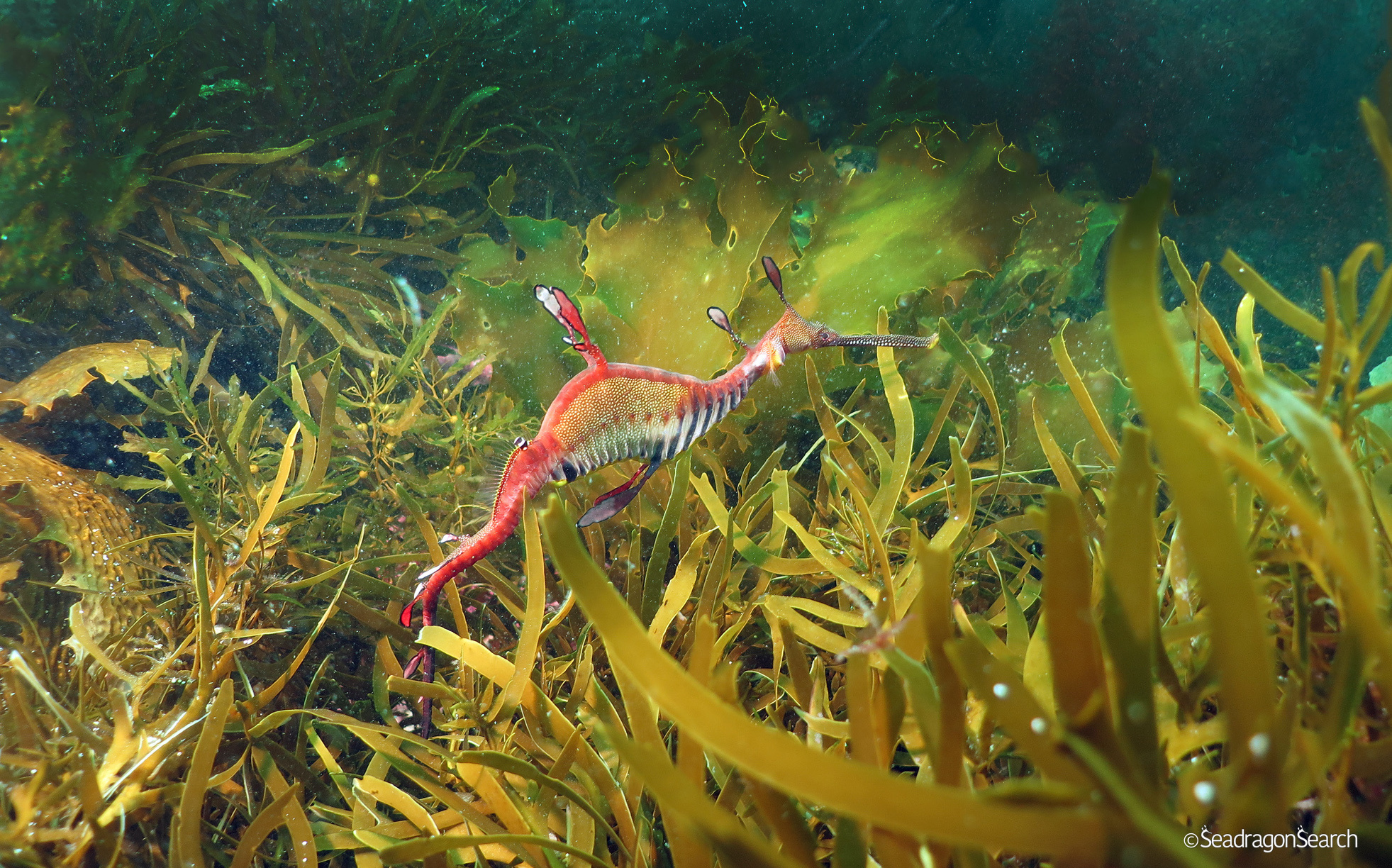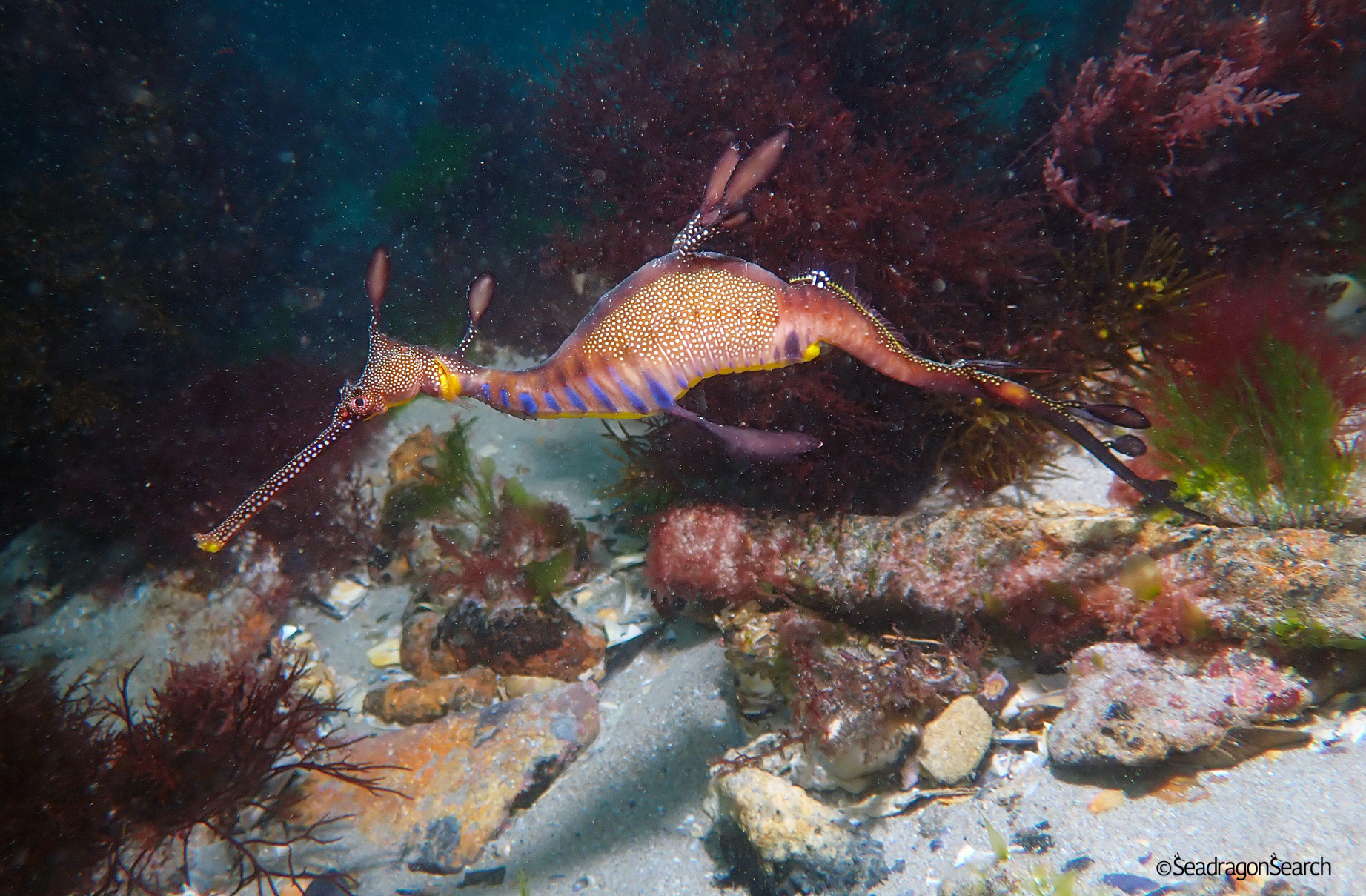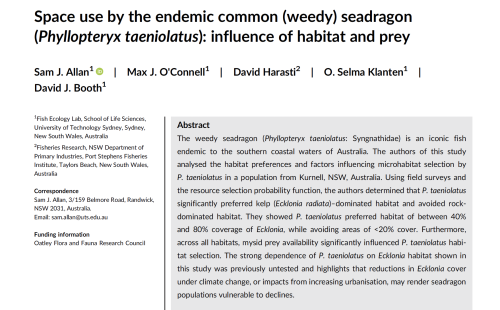SeadragonSearch Mission
SeadragonSearch is a collaborative research project that seeks to expand understanding of wild seadragon populations through meaningful community involvement. Seadragons are icons for marine biodiversity, but there are still many knowledge gaps for their conservation. SeadragonSearch will use data from underwater imagery to track these unique fish across their distribution for a decade, providing a window into their lives as well as the health of their habitats.
Seadragon News
Wild Seadragons Across Australia
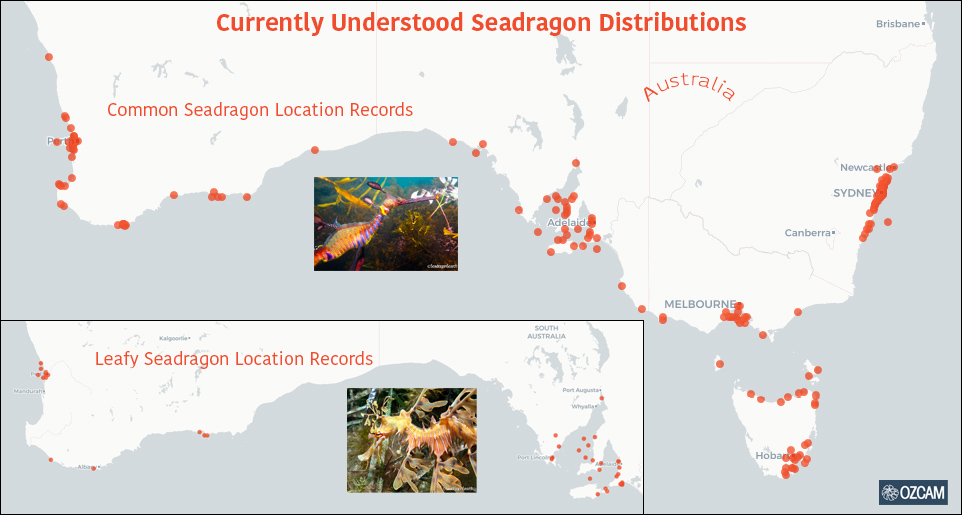
September 2024 Leaderboards
SeadragonSearch leaderboards showcase the top contributors to our database on a monthly basis. The top photographers list acknowledges contributors who have shared their photographs with SeadragonSearch. The top submitters list acknowledges contributors who have spent time filling out report forms to organize and upload photos to the database. Leaderboards are updated here at the end of each month, and current rankings for the past 30 days can be monitored at our Wildbook site.
Top Photographers
Top Submitters
Learn more about participating in seadragon research
Choosing photographs to submit to SeadragonSearch
How to report an encounter to SeadragonSearch
Annual Report Card
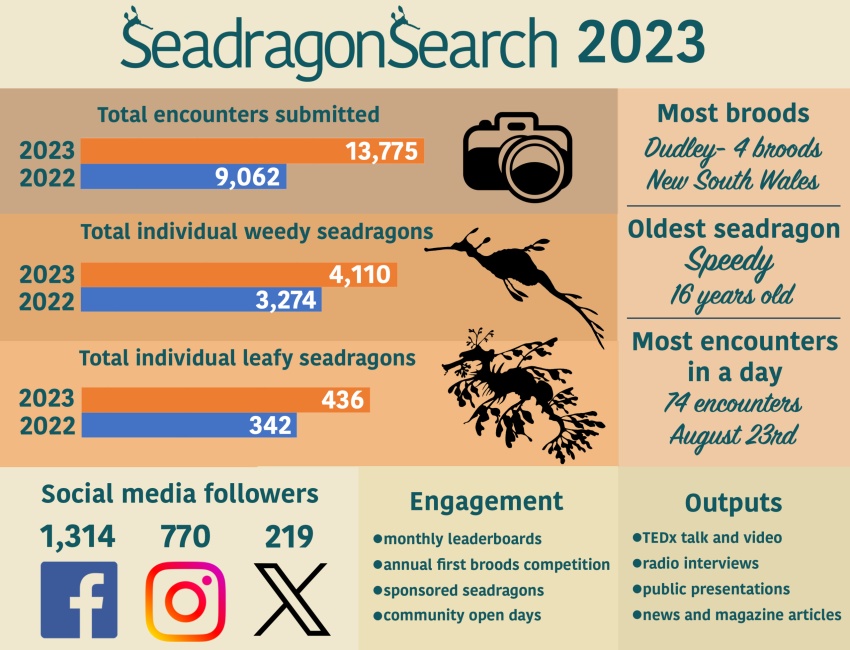
Collaborating Organizations




